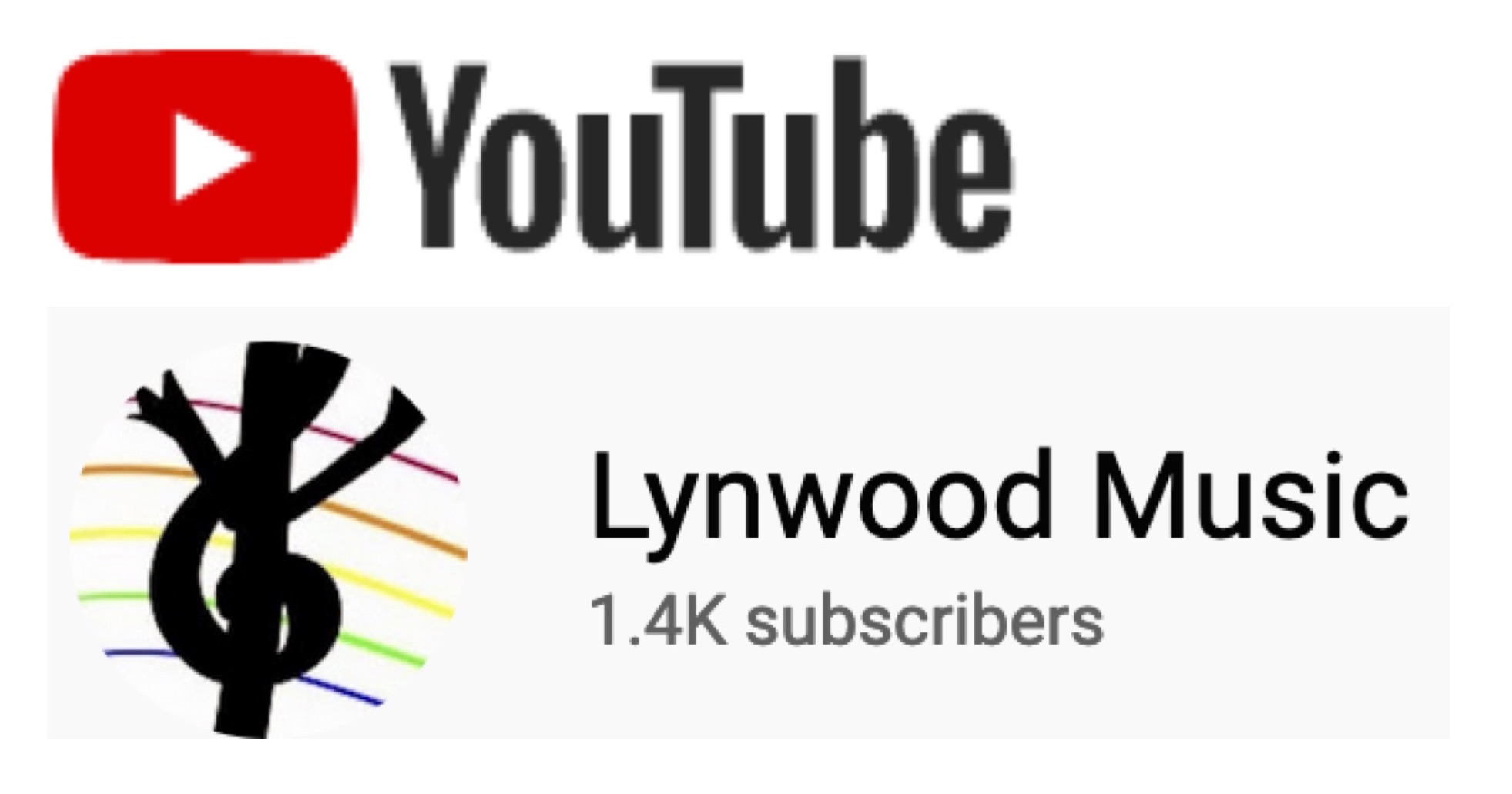Back to andrewdownes.com

Music Education
Resources by Paula Downes, a lot of music by Andrew Downes
Chorale: The Holly Bough
The seventh of eight cross-curricular lesson plans on Ballads for Christmas for Middle School, Secondary School, High School, KS3 children, with songs and animations, poetry analysis and writing, music analysis, art projects, documentary/film-making and more.
Chorale: The Holly Bough
Animation by Paula Downes, music by Andrew Downes, poetry by Charles Mackay.
The Poem
Ye who have scorn'd each other,
Or injured friend or brother,
In this fast-fading year;
Ye who, by word or deed,
Have made a kind heart bleed,
Come gather here.
Let sinn'd-against and sinning
Forget their strife's beginning,
And join in friendship now;
Be links no longer broken;
Be sweet forgiveness spoken
Under the holly bough.
Ye who have loved each other,
Sister and friend and brother,
In this fast fading year;
Mother and sire and child,
Young man and maiden mild,
Come gather here;
And let your hearts grow fonder,
As memory shall ponder
Each past unbroken vow.
Old love and younger wooing
Are sweet in the renewing
Under the holly bough.
Poetry Background
The Holly Bough was written by Charles Mackay (27 March 1814 – 24 December 1889), a Scottish poet, journalist, author, anthologist, novelist, and songwriter.
The Tradition of Holly at Christmas time by Andy Byfield (The Guardian)
Festive holly imagery on Christmas cards may be a Victorian invention, but the tree's association with Christmas goes back to pagan times, when it was customary to bring holly boughs in to deck out the house. Holly was seen as a powerful fertility symbol, and was believed to be an effective charm to ward off witches and ill-fortune: for this reason it was often planted close to homes and outbuildings. Conveniently, its thorny foliage and blood-red berries lent themselves to Christian tradition, and the early customs surrounding the species were fully adopted by Christianity. With its intense red berries, the holly was also seen as a very masculine plant – after all, "the holly wears the crown" – though the fact that hollies with berries are always female seems to have been conveniently forgotten by some in society.
YULE - Winter Solstice - from Celtic Connection
Yule is when the dark half of the year relinquishes to the light half.
Starting the next morning at sunrise, the sun climbs just a little
higher and stays a little longer in the sky each day. Known as Solstice
Night, or the longest night of the year, the sun's "rebirth" was
celebrated with much joy. On this night, our ancestors celebrated the
rebirth of the Oak King, the Sun King, the Giver of Life that warmed the
frozen Earth. From this day forward, the days would become longer.
Bonfires were lit in the fields, and crops and trees were "wassailed" with toasts of spiced cider. Children were escorted from house to house with gifts of clove spiked apples and oranges which were laid in baskets of evergreen boughs and wheat stalks dusted with flour. The apples and oranges represented the sun. The boughs were symbolic of immortality (evergreens were sacred to the Celts because they did not "die" thereby representing the eternal aspect of the Divine). The wheat stalks portrayed the harvest, and the flour was accomplishment of triumph, light, and life. Holly and ivy not only decorated the outside, but also the inside of homes, in hopes Nature Sprites would come and join the celebration. A sprig of Holly was kept near the door all year long as a constant invitation for good fortune to visit tthe residents. Mistletoe was also hung as decoration. It represented the seed of the Divine, and at Midwinter, the Druids would travel deep into the forest to harvest it.
The ceremonial Yule log was the highlight of the Solstice festival. In accordance to tradition, the log must either have been harvested from the householder's land, or given as a gift... it must never have been bought. Once dragged into the house and placed in the fireplace it was decorated in seasonal greenery, doused with cider or ale, and dusted with flour before set ablaze by a piece of last years log, (held onto for just this purpose). The log would burn throughout the night, then smolder for 12 days after before being ceremonially put out. Ash is the traditional wood of the Yule log. It is the sacred world tree of the Teutons, known as Yggdrasil. An herb of the Sun, Ash brings light into the hearth at the Solstice.
A different type of Yule log, and perhaps one more suitable for modern practitioners would be the type that is used as a base to hold three candles. Find a smaller branch of oak or pine, and flatten one side so it sets upright. Drill three holes in the top side to hold red, green, and white (season), green, gold, and black (the Sun God), or white, red, and black (the Great Goddess). Continue to decorate with greenery, red and gold bows, rosebuds, cloves, and dust with flour.
Many customs created around Yule are identified with Christmas
today. If you decorate your home with a Yule tree, holly or candles,
you are following some of these old traditions. The Yule log, (usually
made from a piece of wood saved from the previous year) is burned in the
fire to symbolize the Newborn Sun/Son.
Create your own Holly Christmas Decorations
Draw inspiration from the following videos:
Music Analysis
Chorale: The Holly Bough music is based on a Lutheran Hymn or 'Chorale'. Chorales are simple enough for the congregation to sing. They can be sung unaccompanied in unison, or they can be harmonised, accompanied by other voice parts and/or organ. Many composers have harmonised chorale melodies, the most famous of whom if J.S.Bach (1685-1750). Students across the globe attempt to harmonise chorales in the style of Bach. Watch the following video to hear a chorale harmonised by Bach.
Andrew Downes creates his own unique modern-sounding harmonisation of his Chorale: The Holly Bough by combining jazzy 6th and 7th chords (see Chords for more information) with bare intervals and parallel movement similar to that of the Medieval period. Listen to some medieval music here:
Listen to The Holly Bough again and discuss the similarities and differences to Bachian Chorales.
Move on to New Year Bells
Home>Middle, Secondary, High School, KS3>Ballads for Christmas>The Holly Bough
Home>Cross-Curricular>Ballads for Christmas>The Holly Bough

Music Education
Resources by Paula Downes, a lot of music by Andrew Downes
Back to andrewdownes.com
Follow Cynthia Downes on Instagram to keep up-to-date with her blog posts.
If you have performed in any of Andrew Downes' works or come to listen, please share your experiences in the Premieres Blog! Also see what others have said. Thank you so much for your contribution.


